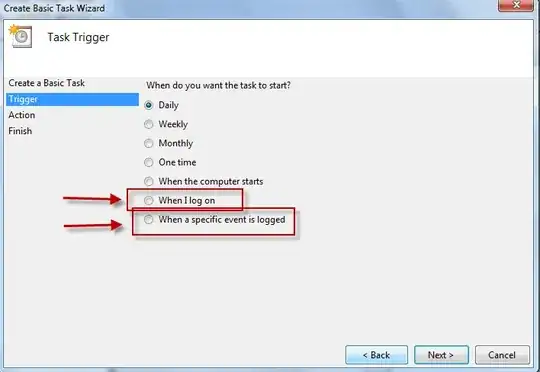I am trying to run some SQL statements against my Azure SQL database using an Azure Automation runbook. In all examples I can find on https://docs.microsoft.com they are using an Automation credential and an connectionstring like in the code below:
$SqlCredential = Get-AutomationPSCredential -Name $SqlCredentialAsset
# Get the username and password from the SQL Credential
$SqlUsername = $SqlCredential.UserName
$SqlPass = $SqlCredential.GetNetworkCredential().Password
# Define the connection to the SQL Database
$Conn = New-Object System.Data.SqlClient.SqlConnection("Server=tcp:$SqlServer,$SqlServerPort;Database=$Database;User ID=$SqlUsername;Password=$SqlPass;Trusted_Connection=False;Encrypt=True;")
Simple enough, but the request will get stopped in my Azure SQL Firewall since I do not know what IP-address the request will come from!
How can I allow my powershell runbook to authenticate and run SQL commands against a Azure SQL database without enabling "Allow access to Azure Services" , the checkbox you see in the screenshot below below (That will allow all resources on azure, not only within my subscription)
